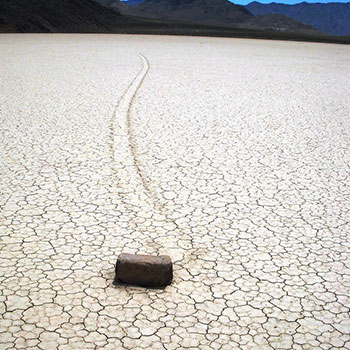How is a proton gradient established across the thylakoid membrane?
This is what I know: In photosynthesis and cellular respiration, electrons are passed through the ETC which releases energy. That energy is used to actively transport the protons through the thylakoid membrane which creates the proton gradient. My question is what "energy" is that? Is it ATP? If so, how are excited electrons passing through the ETC producing ATP?
This is what I know: In photosynthesis and cellular respiration, electrons are passed through the ETC which releases energy. That energy is used to actively transport the protons through the thylakoid membrane which creates the proton gradient. My question is what "energy" is that? Is it ATP? If so, how are excited electrons passing through the ETC producing ATP?
1 Answer
It is not ATP. The electrons are boosted to a higher energy level, which is why they gain more energy. (or the other way around, when this energy is used up)
Explanation:
In photosynthesis, when light excites a chlorophyll molecule, its electrons get boosted to a higher orbital of higher energy. This energy is then used to move hydrogen ions into the thylakoid (as you said). The ETC itself does not produce ATP.

